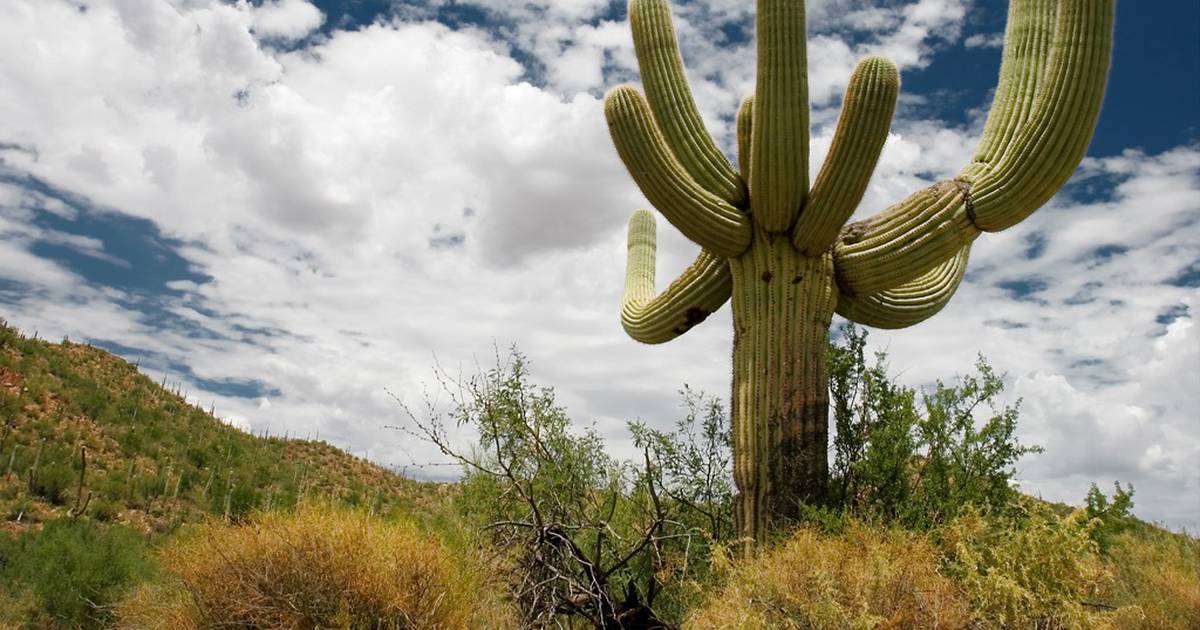Sixty percent of cactus species will be found in less hospitable climates in the decades to come as global warming intensifies, according to new research that calls into question popular assumptions that these desert plants will thrive when warmer.
By 2070, up to 90 percent of cactus species could be threatened with extinction due to climate change, habitat loss and other causes of stress, three times more than now, scientists point out in an article published in the journal Nature Plants.
Nearly 1,500 species of cacti that have spread across the American continent live in diverse climates, from deserts in the lowlands to the high Andes, from extremely dry ecosystems to humid tropical forests.
Biodiversity hotspots with many species of cacti with many specimens include central Mexico and the Brazilian Atlantic Forest.
To test whether cacti will benefit a warmer world with more droughts, scientists led by Michiel Pillet of the University of Arizona studied data from more than 400 species and tested models showing how they could be in the middle of the century and later in different scenarios. a word on greenhouse gas emissions.
The findings indicated a “more pessimistic future”, according to the research, the results of which were published on Thursday.
The main threat to cacti at the moment is the expansion of agriculture, with the destruction of soil, loss of biodiversity and their collection for various purposes.
Even without climate change, cacti are “one of the most endangered groups of organisms on the planet,” they said, warning that more than 30 percent of cactus species are at risk of extinction.
In the moderate scenario, when it comes to greenhouse gas emissions under current policies, global warming will also soon be a significant threat.
– Our results suggest that climate change will become a major driver of extinction risk when it comes to cacti and 60 to 90 percent of the species covered by the study will be negatively affected by global warming – the scientists said.
In four to five decades, nearly 25 percent of cactus species could be found in climates they are not used to.
Previous research has indicated that photosynthesis is hampered if global temperature rises by only 2 degrees Celsius.
The average temperature on the Earth’s surface, including the oceans, is already 1.1 degrees Celsius higher than in industrial times, and only on land about 1.7 degrees higher.
